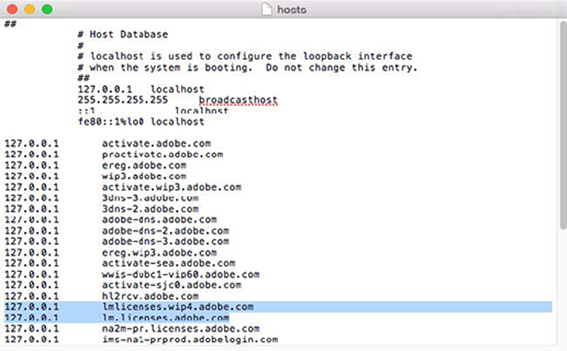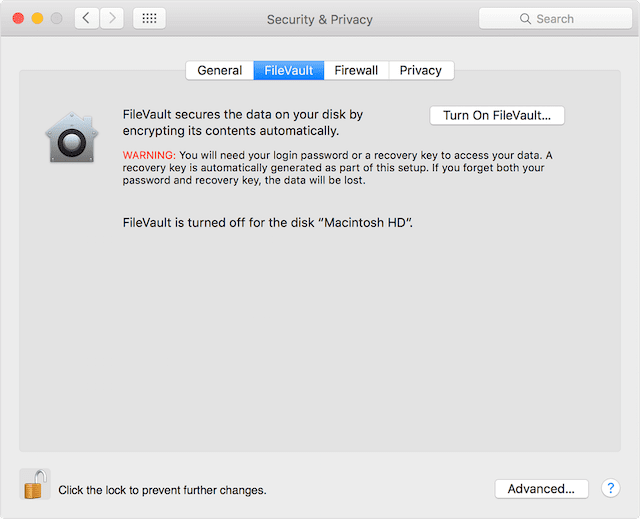Disable Activation Cmd Adobe Air
Adobe AIR is an applications development framework from Adobe that involves ActionScript and Adobe Flash. It offers cross-platform development so that the same AIR applications can be run on Windows, Linux and Mac. The Adobe AIR runtime for Windows (or any other OS for that matter) does not offer the user any settings to be configured. So if you want to disable the Adobe AIR automatic-updates, then you have to make some changes manually. These changes are to be made in the Windows registry to disable the automatic updates.
You can also use Adobe AIR Settings Manager for toggling the updates for AIR. Using Adobe Settings Manager:. Download Adobe AIR Settings Manager application from and install it in your Windows PC. As soon as the installation is complete, the AIR settings manager will launch.
You can also launch it from it’s desktop shortcut. Click on the Disable Updates button to disable the automatic-updates for Adobe AIR on your PC.Using Registry Editor:.
Open Windows Registry Editor by pressing Win+R hotkey, typing regedit and pressing Enter. In the Registry Editor, navigate to the following location. HKEYLOCALMACHINESoftwarePoliciesAdobeAIR.If the sub-key does not exist then create it. Create a new DWORD value named UpdateDisabled and set it’s value to 1. Restart your PC for the changes to take effect.Using these different methods, you can disable the automatic-updates of Adobe AIR in Windows.
However, the automatic updates should not be disable unless there is some special need to do so. Using an older version of AIR may expose your system to some known vulnerabilities and this is why you should keep the automatic updates enabled if there is no real need to disable them.
Disable Automatic UpdateAdobe AIR automatically checks for updates and prompts the user to install them, which needs Administrator privileges.You can use the to change that on a per-user basis or disable this behaviour globally for all users by adding a DWORD value named UpdateDisabled to the HKLMSoftwarePoliciesAdobeAIR registry key, and setting this value to 1 (According to ).This can also be done through WPKG. Dim objFSO, objFile Set objFSO = CreateObject ( 'Scripting.FileSystemObject' ) If Not ( objFSO.


FolderExists ( Session. Property ( 'AppDataFolder' ) & 'Adobe' )) Then objFSO. CreateFolder Session. Property ( 'AppDataFolder' ) & 'Adobe' If Not ( objFSO.
FolderExists ( Session. Property ( 'AppDataFolder' ) & 'AdobeAIR' )) Then objFSO. CreateFolder Session.
Disable Activation Cmd Adobe Air 10
Property ( 'AppDataFolder' ) & 'AdobeAIR' If ( objFSO. FolderExists ( Session. Property ( 'AppDataFolder' ) & 'AdobeAIR' )) Then Set objFile = objFSO. CreateTextFile ( Session. Property ( 'AppDataFolder' ) & 'AdobeAIRUpdateDisabled', True ): objFile.

Close Set objFile = objFSO. CreateTextFile ( Session. Property ( 'AppDataFolder' ) & 'AdobeAIReulaAccepted', True ): objFile. WriteLine ( '2' ): objFile.
Are there any new utilities recommended that will improve the painful process of adding scenery objects (one of the reasons I abandonded that project-just too time consuming)? Download route editor for msts bin. Is this a replacement for the original source code? Also, can someone give me a brief summary of what exactly 'MSTS bin' is?
Disable Activation Cmd Adobe Air Windows 10
Close End If Set objFSO = Nothing Deploy Adobe AIR ApplicationsSee to get a few hints on how to deploy Adobe AIR applications through WPKG.Basically you can just run Adobe AIR Installer.exe -silent.air or add the following switches:-silent required to run without user interaction during installation -desktopShortcut adds a desktop shortcut for the AIR application -programMenu adds a Start Menu shortcut for the AIR applicationAccording to the silent switches are as follows.